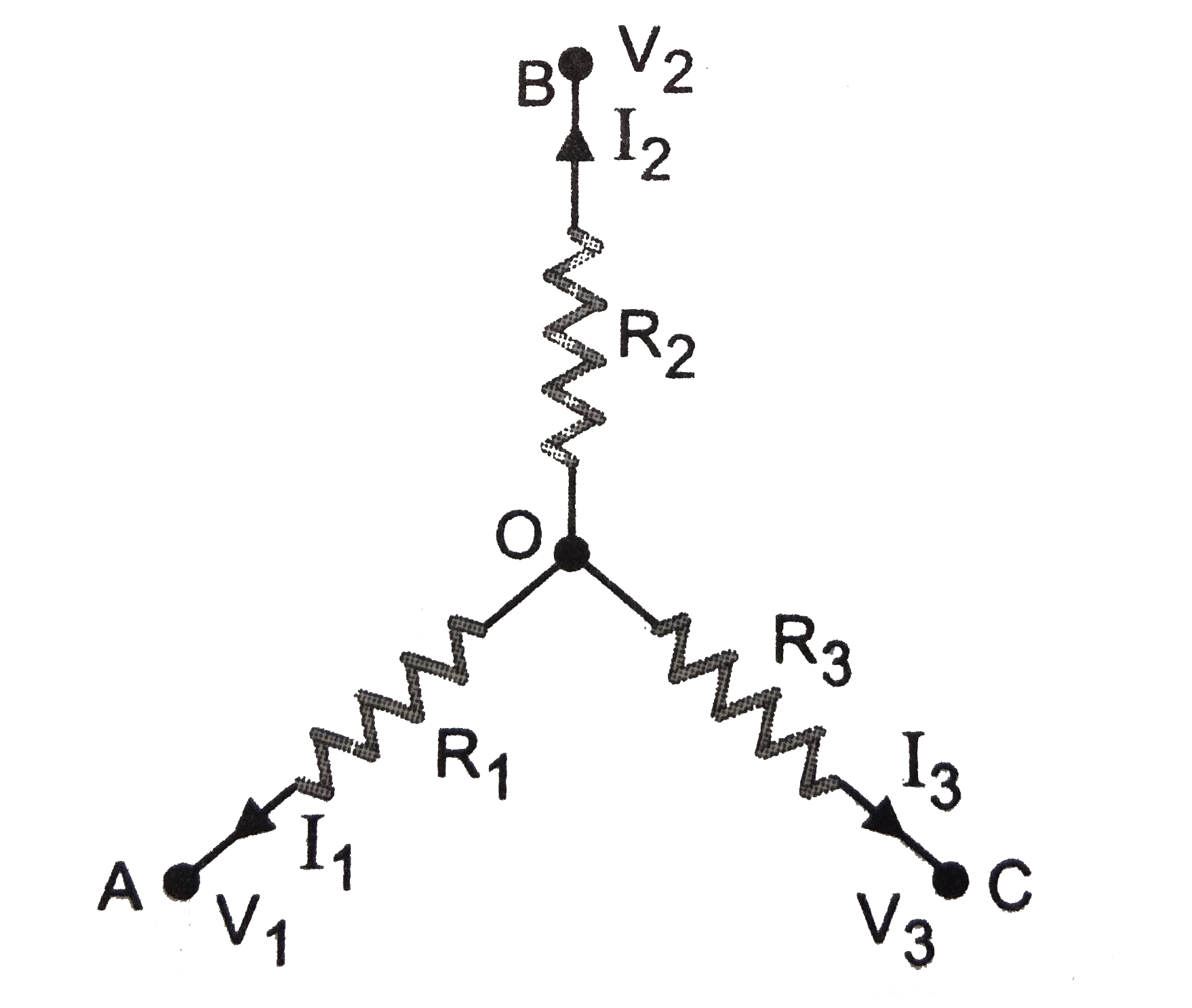Assume than an electric field →E=30x2ˆi exists in space. Then the potential difference VA−VO, where VO is the potential at the origin and VA the potential at x = 2 m is Solution in Bengali
80 J
120 J
−120J
−80J
The correct Answer is:D
We know, →E=−dVdxˆior,∫VAVOdV=−∫2030x2dx
∴VA−VO=−30[x33]20=−80J .
Topper's Solved these Questions
- ELECTRIC POTENTIAL BOOK - CHHAYA PUBLICATIONCHAPTER - ELECTRIC POTENTIAL EXERCISE - Examination Archive with solutions (AIPMT)
2 Videos
- ELECTRIC POTENTIAL BOOK - CHHAYA PUBLICATIONCHAPTER - ELECTRIC POTENTIAL EXERCISE - Examination Archive with solutions (NEET)
1 Video
- ELECTRIC POTENTIAL BOOK - CHHAYA PUBLICATIONCHAPTER - ELECTRIC POTENTIAL EXERCISE - Examination Archive with solutions (WBJEE)
5 Videos
- ELECTRIC FIELDBOOK - CHHAYA PUBLICATIONCHAPTER - ELECTRIC FIELDEXERCISE - CBSE SCANNER
31 Videos
- ELECTROMAGNETIC INDUCTION & ALTERNATING CURRENTBOOK - CHHAYA PUBLICATIONCHAPTER - ELECTROMAGNETIC INDUCTION & ALTERNATING CURRENTEXERCISE - CBSE SCANNER
28 Videos
Similar Questions
A conducting sphere of radius R is given a charge Q. The electric potential and the electric field at the centre of the sphere respectively are
View SolutionA molecule of a substance has permanent dipole moment p. A mole of this substance is polarised by applying a strong electrostatic field E. The direction of the field is suddenly changed by an angle of 60∘. If N is the Avogadro's number the amount of work done by the field is
View SolutionAn infinite sheet carrying a uniform surface charge density σ lies on the xy-plane. The work done to carry a charge q from point →A=a(ˆi+2ˆj+3ˆk) to the point →B=a(ˆi−2ˆj+6ˆk) (where a is a constant with the dimension of length and ε0 is the permittivity of free space) is
View SolutionA charge q is placed at the centre of a cube of side l. What is the electric flux passing through each face of the cube?
View SolutionA bar magnet is moved in the direction indicated by the arrow between two coils PQ and CD. Predict the directions of induced current in each coil.

View SolutionIn Region of Electric field Given by →E=(Ax−B)ˆI. Where A=20 unit and B=10 unit. If Electric potential at x=1m is v2. Then v1−v2 is equal to
View SolutionAssume that an electric field vec(E) = 30 x^(2) hat(i) exists in space. Then the potentail differences V_(A) - V_(0) where V_(0) is the potential at the origin and V_(A) , the potebntail at x = 2m is
View SolutionAn electric field is described as vec(E) = hat(i)x + hat(k) z . The potential difference V_(AB) (in volt) between A(0,0,0) and B(2,2,0) is :
View SolutionA circuit has a section ABC if the potential at point A,BandC are V1,V2andV3 respectively , calculate the potential at point O

View SolutionPotential difference between two points (V_(A) - V_(B)) in an electric field E = (2 hat(i) - 4 hat(j)) N//C , where A = (0, 0) and B = (3m, 4m) is
View Solutionमाना व्योम में एक वैधुत क्षेत्र →E=30x2ˆi है तब विभवान्तर VA−V0, जहाँ V0 मूलबिंदु पर विभव एवं VA,x=2 मीटर पर विभव है
View SolutionStatement I : If two source charges produce potentials V_(1) and V_(2) at a point, then the total potential at that point is V_(1)+V_(2) Statement II : Electric potential is a scalar quantity.
View SolutionAn electric field →E=(2ˆi+ˆJ)NC exists in space. The potential difference (VP−VQ) between two points whose positions vectors
−→rP=ˆi+2ˆJ and −→rQ=2ˆi+ˆj+ˆk is
View SolutionThe electric field in a region of space is given as bar(E)=(5xhat i-2hat j) .Potential at point x =1 y =1 is V_(1) and potential at point x =2 y =3 is V_(2) .Then V_(1)-V_(2) is equal to
View SolutionThe electric field in a region of space is given as bar(E)=(5xhat i-2hat j) .Potential at point x=1 y=1 is V_(1) and potential at point (x=2 y=3) is V_(2) .Then V_(1) -V_(2) is equal to
View Solution